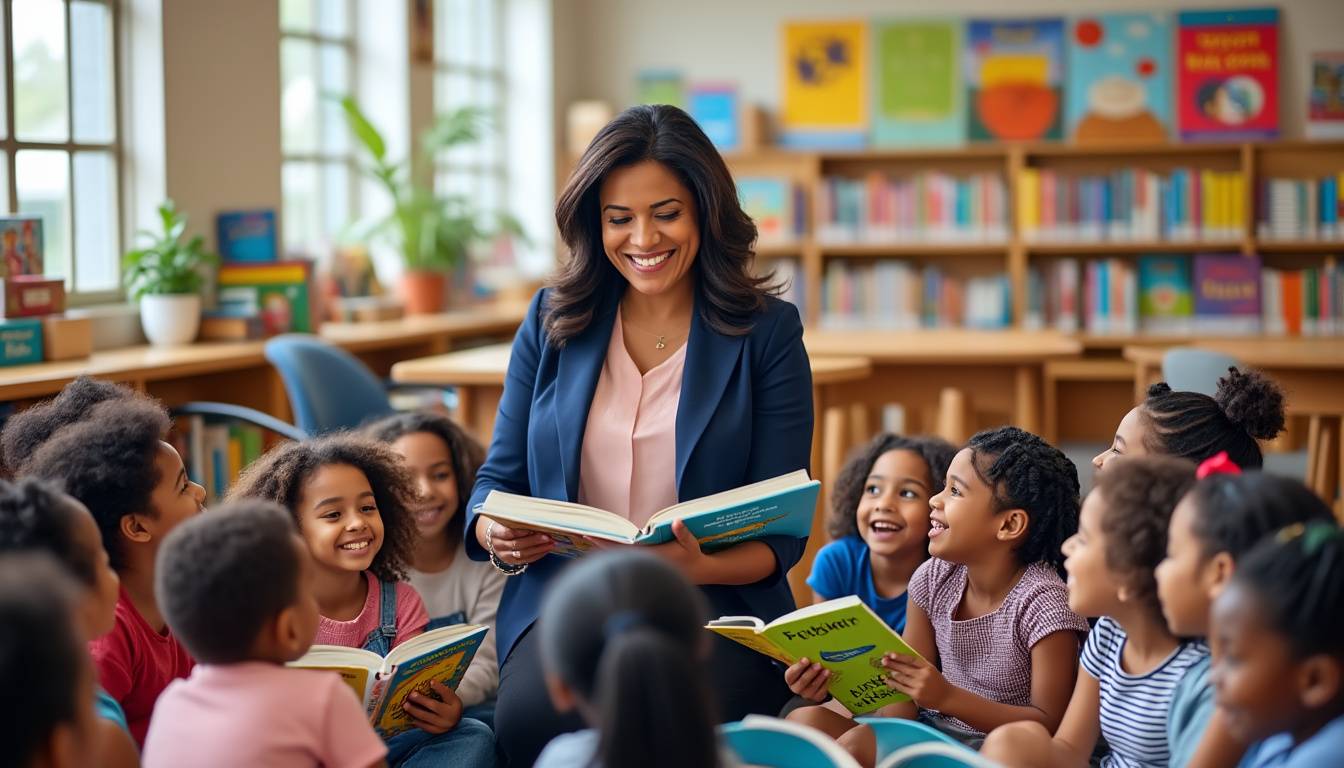At a moment when the United States continues to evolve as a linguistically diverse society, Supreme Court Justice Sonia Sotomayor draws attention to a frequently underestimated aspect of American culture: the critical role of multilingualism. Through her latest children’s book, she not only promotes literacy and language learning but also champions cultural awareness and inclusion. This dual engagement emphasizes the invaluable nature of bilingualism and diversity in education, revealing the deeper benefits multilingual communities bring to the fabric of American life.
Sonia Sotomayor’s Advocacy for Multilingualism in American Education
Justice Sotomayor, known for her groundbreaking journey and strong voice on diversity, uses every platform to highlight multilingualism’s importance in shaping educational outcomes and societal inclusion. She underlines how mastering multiple languages enhances cognitive abilities, promotes deeper understanding among diverse groups, and reflects the multicultural reality of America.
- Promotion of bilingualism as a tool for cognitive flexibility and academic success
- Encouragement of cultural awareness to foster empathy and respect within schools
- Support for inclusion that ensures minority language speakers feel valued and heard
- Recognition of multilingualism as a strategic advantage in globalized education and future career paths
Her focus on education bridges the gap between legal prominence and grassroots impact. By inspiring educators and parents alike, Sotomayor elevates the conversation on how language learning shapes a more inclusive educational environment.
The Role of Children’s Books in Promoting Language Diversity and Literacy
Sotomayor’s newly released children’s book weaves bilingual storytelling with themes designed to celebrate diversity and inclusion. This initiative aims to nurture literacy from an early age while subtly embedding the value of language learning and respect for different cultures.
- Encourages early bilingualism by presenting stories in both English and Spanish
- Supports literacy development through engaging, age-appropriate narratives
- Creates relatable characters that mirror multicultural experiences, fostering identity affirmation
- Offers educators tools for integrating multicultural content in classrooms effectively
Such books not only improve reading skills but also act as gateways for children to experience diversity, equipping them for a world where cultural understanding is essential.
How Multilingualism Shapes Future Educational and Social Landscapes
The rise of multilingualism in America reflects broader demographic shifts and educational reforms aimed at honoring diversity. Sotomayor’s advocacy spotlights the need to incorporate language learning at all levels, making it a core component of holistic education rather than an afterthought.
- Enhances communication skills in an increasingly interconnected world
- Fosters inclusiveness by valuing all linguistic backgrounds equally
- Boosts academic performance through cognitive and metalinguistic advantages
- Prepares students for global citizenship and multicultural workforce participation
Educators and policymakers are urged to design curricula that embrace this multilingual reality while providing support for heritage language preservation.
Implementation Strategies to Support Language Learning and Inclusion
To make multilingualism a thriving part of American education, specific strategies must be embraced by schools and communities alike, echoing Sotomayor’s call to action.
- Integration of bilingual materials in libraries and classrooms
- Teacher training programs focused on language acquisition techniques and cultural competence
- Community engagement initiatives encouraging families to maintain native languages at home
- Use of children’s books like Sotomayor’s as accessible entry points for language learning and cultural discussion
By leveraging these approaches, education systems can create environments where multilingual students thrive and all learners benefit from diverse perspectives.


